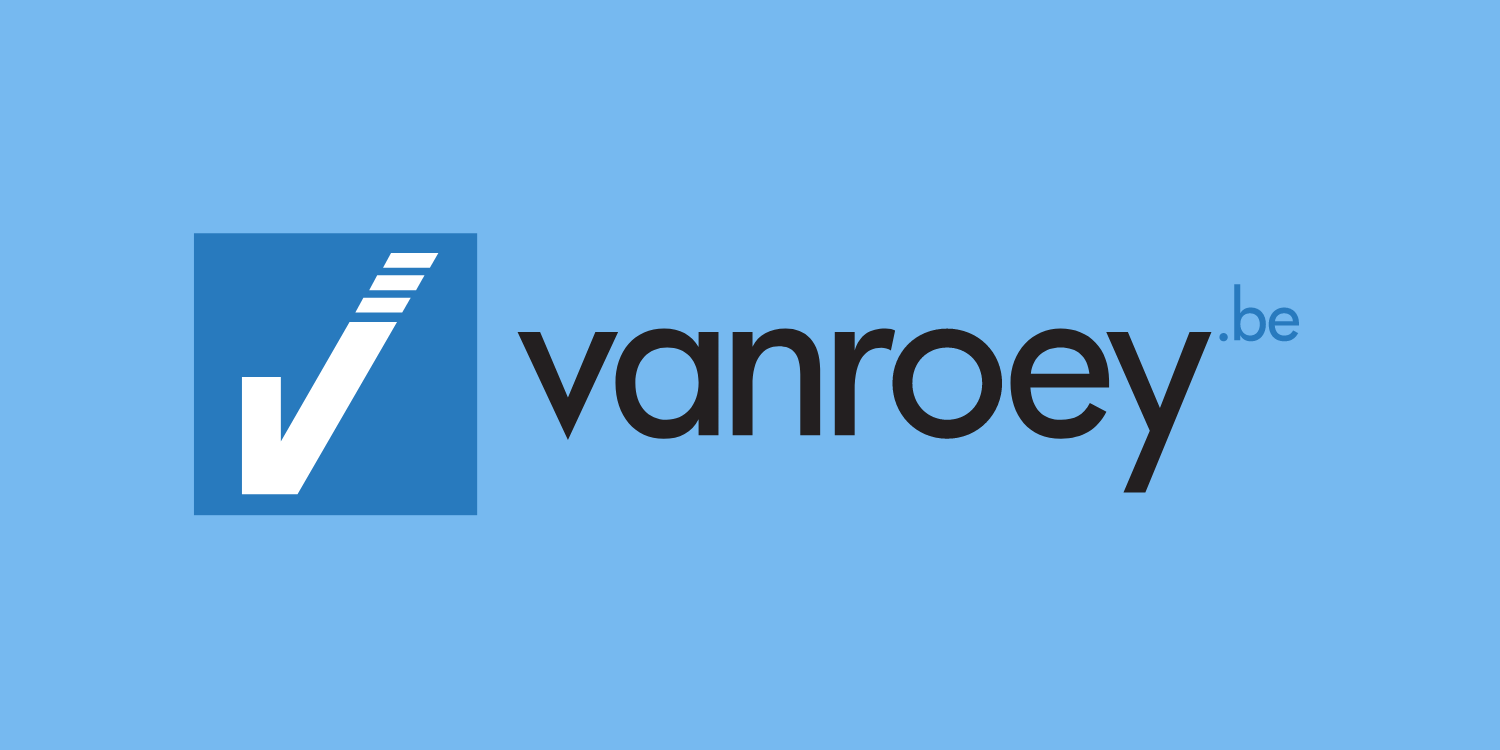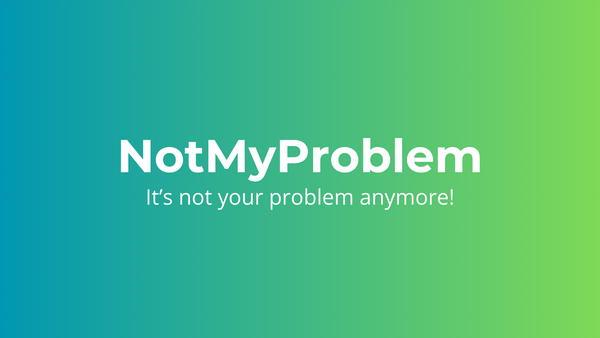Interactive Wall - Van Roey
Explore how Jonas Claes innovatively developed the "Interactive Wall," a mesmerizing blend of physical and digital interactive art.

What is the Interactive Wall?
The interactive wall is a wall, made of wood, that is painted with electrically conductive paint. This paint is connected by wires to a Raspberry Pi with a touch controller HAT. The Raspberry Pi is also connected to a monitor that displays a custom website. By touching one of these surfaces, the displayed content will adjust. In this way, a timeline is displayed of Van Roey from beginning to end.
About the assignment
Van Roey.be had a project idea to do something with conductive paint. They just didn't know 100% what. We then put our heads together with 10 people and thought hard about what the possibilities were. We had several ideas but the best one was to make a virtual timeline, which the visitor could then tap through to put it that way.
Implementation
After we knew what we wanted to make, we started working on task allocation and planning. It was clear that building the wall would take a lot of time, and that developing the website together with the hardware would also take quite some time. For these reasons, we joined forces and created 3 teams. Team wall, team website and team hardware. That way each team had its own focus block and we could be really productive.
The wall team got to work right away by taking measurements at the client's office. They immediately passed these on to a carpenter with whom Thierry Eeman worked closely. After the wall was built, it was moved to a room in the Thomas More buildings. Here the wall was finished by painting a white primer on it, finished with another layer of white paint. After this was dry, another student started placing stencils on the wall so we could apply the conductive paint. After the stencils were placed, they started applying several coats of conductive paint to the wall. When this was dry, they laid the wiring to the surfaces.
The website team immediately started working out ideas. Of these, the client chose 1, which they then immediately worked out. During development, some custom SVGs were created to make this all look nice. They all collaborated through GitHub. After they finished the design, they worked closely with the hardware team to connect the physical buttons to the website. For this, the hardware team wrote some JavaScript code so that this happens behind the scenes.
The hardware team immediately went to work on the conductive paint and the touch HAT to see how it works best. This revealed many problems such as "Ghost-touches." We were eventually able to solve most of this with software. 2 different programs were created. 1 web server with Python and WebSockets, and 1 program with Python for the touch inputs. The touch input program runs as its own service on the Raspberry Pi, recording the touches, and sending them via a WebSocket to the web server. This keeps this service running separately from the web server. The web server program eventually runs the website together with the WebSocket server. The website eventually receives commands from the WebSocket as to which page the browser should navigate to. This is a solution that will continue to work in the long run.




